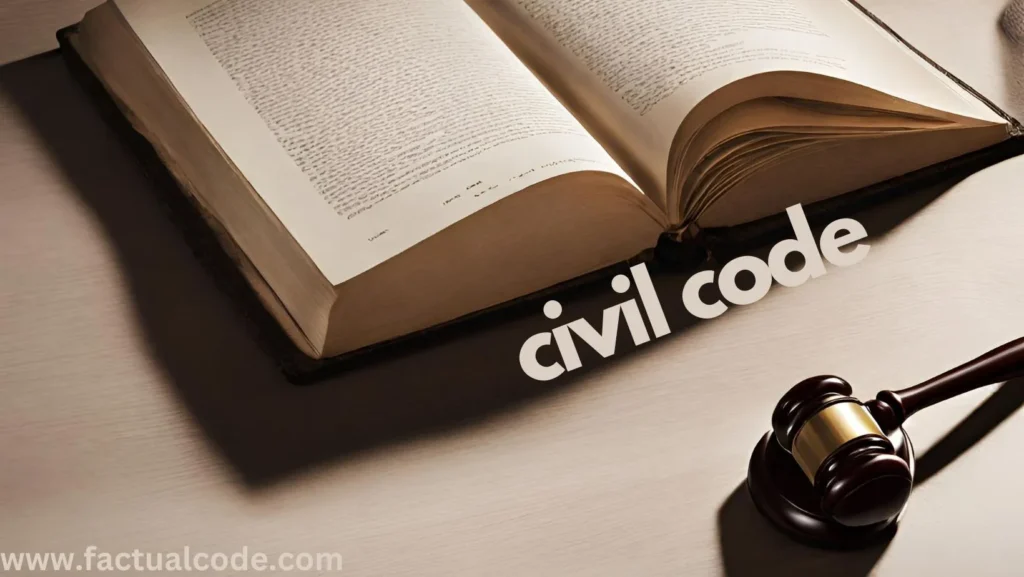Introduction ✨📘⚖️
Usually, once a court delivers its judgment, it cannot alter or revisit the decision. However, the Civil Procedure Code, 1908 (CPC) provides a special mechanism known as review, which permits a court to re-examine its own judgment under specific and limited conditions. This process is distinct from an appeal and is permitted only when there is a significant mistake or when essential facts or evidence were overlooked. The goal is to correct clear errors and ensure justice is properly served. 📜🧑⚖️🕊️
Legal Basis for Review 📚🧾🕵️
1. Section 114 – When Review is Permissible
Section 114 of the CPC specifies the scenarios in which a court may review its judgment:
If the judgment is appealable but no appeal has been filed.
If the judgment is not open to appeal.
If it concerns a decision made by a Court of Small Causes.
The application for review must be submitted to the same court that rendered the original decision.
2. Order XLVII – Review Procedure
Order XLVII outlines the procedure for filing a review. The application should be made to the same court, and preferably heard by the same judge who issued the original decision. 🖋️📑🧠
Why Review Matters ✅⚖️🔍
The review process is intended to correct serious mistakes and prevent injustice. Courts may grant a review to:
Rectify clear legal or factual errors.
Consider newly discovered evidence that was previously unavailable.
Address injustice caused by oversight or clerical error.
This mechanism upholds the fairness and integrity of the legal process. 🧭🔓💬
Grounds for Review (Order XLVII Rule 1) 📘🔎⚖️
A court may consider reviewing a decision only under the following conditions:
1. Discovery of New and Important Evidence
If a party finds new and crucial evidence that was not available at the time of the original proceeding—despite due diligence—they may request a review.
Example: A lost but essential agreement that is recovered after the judgment.
2. Error Apparent on the Face of the Record
This refers to an obvious mistake that can be identified without extensive reasoning or argument.
Example: Misquoting a law or an incorrect numerical calculation.
3. Any Other Sufficient Reason
Other valid reasons similar in nature to the above may also justify a review.
Example: A party not being properly notified of the proceedings and thus not having an opportunity to present their case.
Steps to File a Review (Order XLVII Rules 1–5) 📝🏛️📨
1. Filing in the Same Court
The review application must be filed in the same court that passed the original judgment and preferably be heard by the same judge.
2. Contents of the Application
The application must clearly state the grounds for review, include supporting evidence, and be supported by an affidavit.
3. Notification to the Opposing Party
Before granting the review, the opposing party must be notified and given an opportunity to respond.
4. Hearing by the Same Judge
Ideally, the same judge should hear the review. If that judge is unavailable for more than six months, another competent judge may hear the application.
5. Grant or Rejection of the Review
If the court finds insufficient grounds, it may reject the application. Otherwise, the matter will be reconsidered as deemed appropriate. ✅🗂️🔍
Time Limit to File Review ⏳📅📚
30 days: For most civil matters.
60 days: For judgments passed by a High Court.
30 days: In cases involving the death penalty.
The court may allow a delay in filing the review if the applicant provides a reasonable justification under the Limitation Act. 🧾🕰️✍️
No Second Review (Rule 9) 🚫🔁📕
Once a court has reviewed a judgment and issued a decision, no second review is permitted on the same matter. Rule 9 ensures finality and prevents repetitive review applications. 📌🚫⚖️
Supreme Court Review (Article 137) 🏛️🧑⚖️📖
Under Article 137 of the Constitution, the Supreme Court of India has the power to review its own judgments. This authority is separate from the CPC and is derived directly from the Constitution.
The Supreme Court uses this power to correct substantial errors and maintain justice as the nation’s highest court. 🏔️📜🗳️
Key Case Laws 🧑⚖️📚⚖️
1. Sow Chandra Kante v. Sheikh Habib (1975)
The Supreme Court held that a review is not intended to provide a second opportunity to argue the same case. It is strictly to correct clear and evident mistakes.
2. Northern India Caterers v. Lt. Governor of Delhi (1980)
The Court ruled that dissatisfaction with a verdict is not a valid ground for review. A clear and substantial error must exist.
3. Meera Bhanja v. Nirmala Kumari Choudhury (1995)
The Court emphasized that the error must be apparent and self-evident, not one that requires lengthy debate or interpretation.
Conclusion 📜🎯✅
The review procedure under Section 114 and Order XLVII of the CPC is a limited but vital legal remedy. It empowers courts to rectify serious mistakes and uphold justice. 🧭📝🛡️
However, it is not a substitute for an appeal and is applicable only in exceptional cases. This system balances the need for judicial finality with the necessity of correcting obvious errors.
The review process ensures that courts remain fair and accountable, reflecting the principle that while judgments are meant to be final, justice must always prevail. 🎓📘🔒

